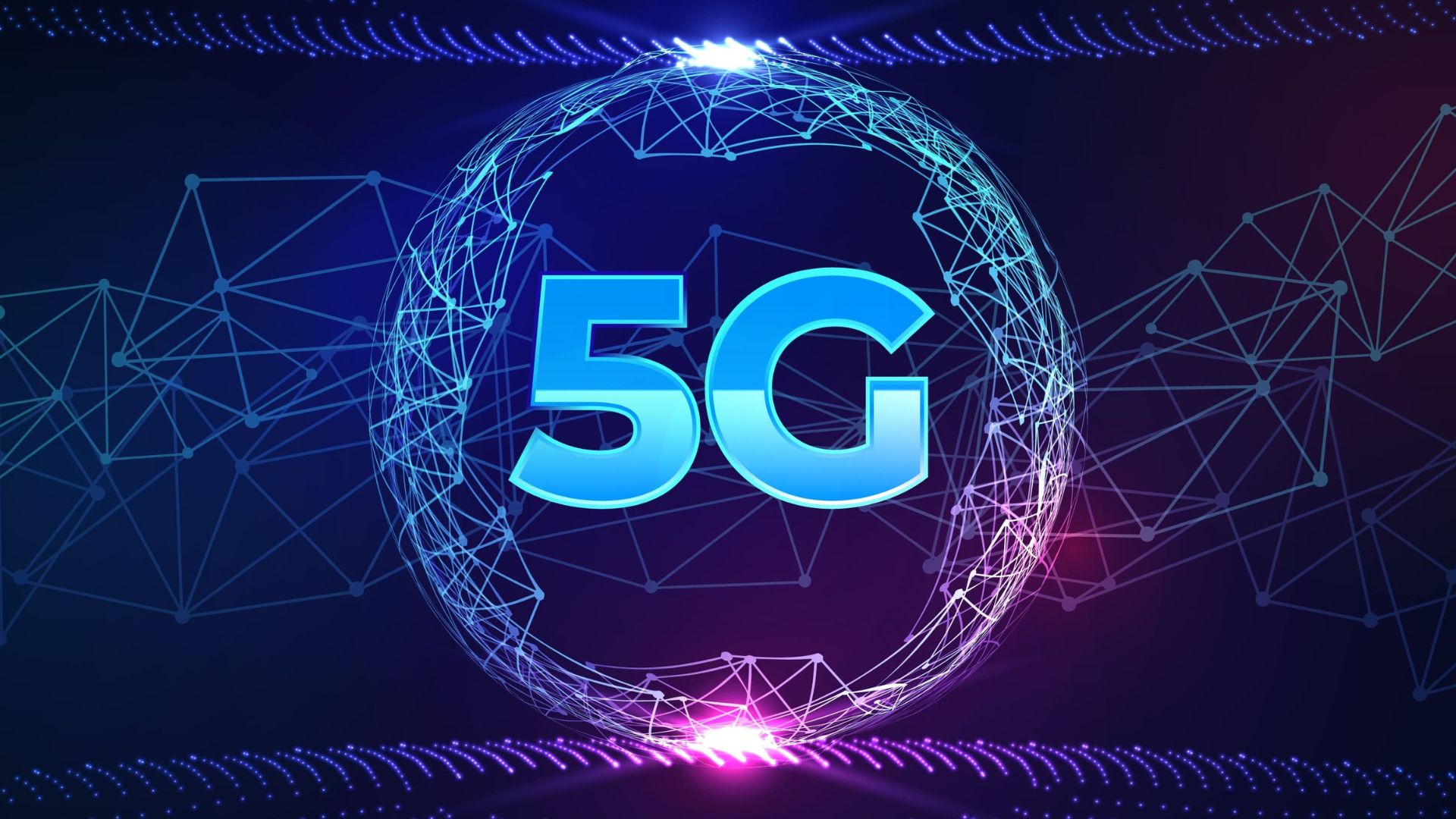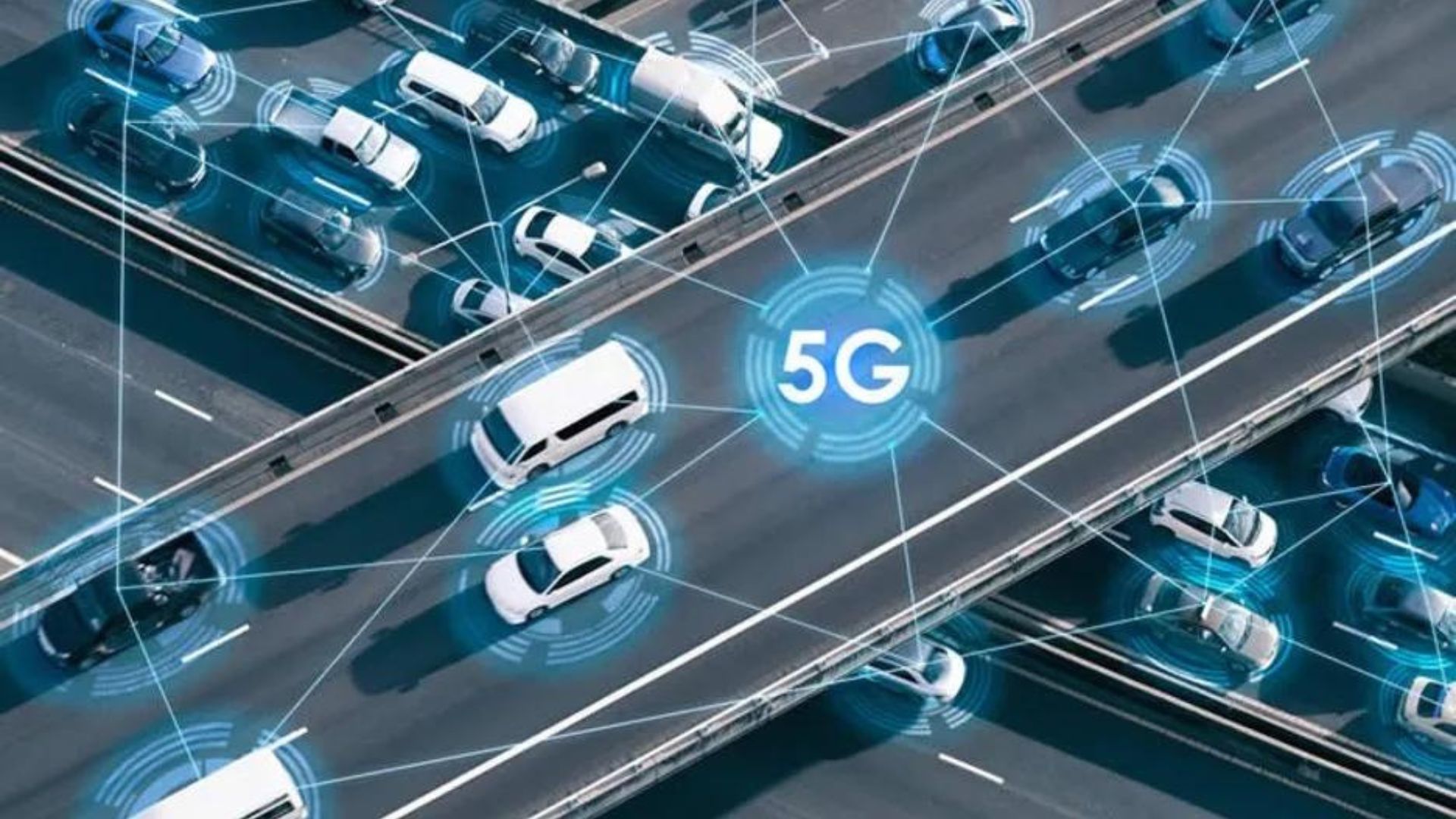|
Getting your Trinity Audio player ready…
|
Digital vehicle connectivity undergoes a revolutionary transformation with the integration of 5G technology, ushering in a new era of enhanced capabilities and connectivity in the automotive industry. At its core, 5G redefines the way digital vehicles communicate, introducing unprecedented speed, reliability, and efficiency to the driving experience. This paradigm shift is not merely a technological upgrade but a foundational evolution that influences safety standards, operational efficiency, and the overall dynamics of vehicular connectivity. In the realm of safety, 5G facilitates a level of real-time communication among digital vehicles that was previously unattainable. The ultra-low latency of 5G ensures that connected cars can exchange critical information instantaneously, paving the way for advanced safety features and accident prevention measures. This not only enhances the driving experience but fundamentally transforms the landscape of road safety.

The Promise of 5G Connectivity
The automotive industry is witnessing a paradigm shift with the advent of 5G connectivity, promising unprecedented speed and reliability. This section elucidates the foundational principles of 5G technology and its potential to revolutionize the way digital vehicles communicate with each other and the surrounding infrastructure.5G, or fifth-generation technology, represents a substantial leap forward in wireless communication. With its enhanced data transfer rates, low latency, and increased capacity, 5G holds the promise of transforming various industries, and the automotive sector stands at the forefront of adopting and leveraging its capabilities. The fundamental promise of 5G lies in its ability to deliver faster and more reliable communication. Unlike its predecessors, 5G operates on higher frequency bands, allowing for significantly increased data transfer rates. This aspect is particularly crucial for digital vehicles, where real-time communication is paramount for ensuring safety and optimizing performance.
Enhancing Safety
One of the hallmark features of 5G is its ultra-low latency, a crucial factor in ensuring real time communication between vehicles. In the realm of digital vehicles, where split-second decisions can make the difference between safety and disaster, low latency becomes a game-changer. In practical terms, low latency in 5G allows digital vehicles to communicate with each other almost instantaneously. Consider a scenario where a connected car detects an obstacle on the road. With low latency, it can communicate this information to nearby vehicles in real-time, enabling them to adjust their trajectories promptly. This capability significantly reduces the risk of collisions and enhances overall road safety.
Optimizing Traffic Flow and Efficiency
Beyond safety, 5G plays a pivotal role in optimizing traffic flow and improving overall transportation efficiency. In congested urban environments, where traffic snarls are a common occurrence, the ability of digital vehicles to communicate seamlessly can lead to more efficient traffic management. 5G enables intelligent traffic management systems that rely on real-time data from digital vehicles. These systems can dynamically adjust traffic signals, reroute vehicles to less congested paths, and provide drivers with accurate and up-to-date information about traffic conditions. The result is a smoother flow of traffic, reduced congestion, and improved overall efficiency in urban transportation.
Immersive In-Car Experiences
Moreover, the in-car experience is evolving with 5G connectivity, offering passengers a seamless blend of entertainment and connectivity. Digital vehicles equipped with 5G capabilities transform into connected hubs, providing passengers with an array of high-quality multimedia streaming, interactive services, and a host of personalized experiences. With 5G, the limitations of previous generations of connectivity are overcome. High-definition video streaming, immersive augmented reality experiences, and lag-free online gaming become not just possibilities but integral parts of the in-car entertainment landscape. Passengers can enjoy a level of connectivity and entertainment akin to what they experience in their homes.
Smart Infrastructure
Furthermore, the impact of 5G extends beyond the confines of digital vehicles to encompass the entire transportation ecosystem. Smart infrastructure, powered by 5G connectivity, contributes to a cohesive and synchronized transportation network, paving the way for smart cities and efficient urban planning. 5G-enabled smart infrastructure involves the deployment of sensors, cameras, and other connected devices throughout the transportation network. These devices collect real-time data on traffic conditions, environmental factors, and the movement of digital vehicles. The data is then processed and used to make intelligent decisions that enhance the overall functionality of the transportation system. For instance, traffic lights equipped with 5G connectivity can dynamically adjust their timing based on the actual traffic conditions, reducing wait times and improving traffic flow. The symbiotic relationship between 5G and smart infrastructure creates a more responsive and efficient transportation network.
Overcoming Challenges
While the promise of 5G in digital vehicles is immense, it also brings forth challenges, particularly in terms of security and seamless integration. This section addresses concerns related to cyber security and the strategies employed to ensure a secure and integrated 5G environment in the automotive sector. The increased connectivity introduced by 5G also raises cyber security. As digital vehicles become more interconnected, they become potential targets for cyber threats. Unauthorized access to vehicle systems, data breaches, and the risk of malicious attacks are among the cyber security challenges that must be addressed. To mitigate these risks, robust cyber security measures must be implemented in the design and deployment of 5G-enabled digital vehicles.
Conclusion
In conclusion, the integration of 5G technology into the realm of digital vehicle connectivity heralds a new era of innovation and transformation in the automotive industry. With its unparalleled speed, low latency, and reliability, 5G redefines the dynamics of vehicular communication, elevating safety, efficiency, and the overall driving experience. The synergy between 5G-enabled digital vehicles and smart infrastructure contributes to the development of intelligent transportation ecosystems, paving the way for smarter cities and interconnected mobility networks. However, as we embrace the promises of this technological advancement, it is imperative to address the challenges, particularly in cybersecurity, to ensure a secure and resilient future for digital vehicle connectivity. The journey toward the fully connected and intelligent future of transportation is underway, with 5G playing a central role in steering us toward a more efficient, safer, and interconnected automotive landscape.
You might be interested in:
- The Future of Digital Vehicle Registration Systems
- A Comparative Analysis of Electric Cars and Hybrid Cars
- Paving Way to a Greener Future with Sustainable Vehicles
